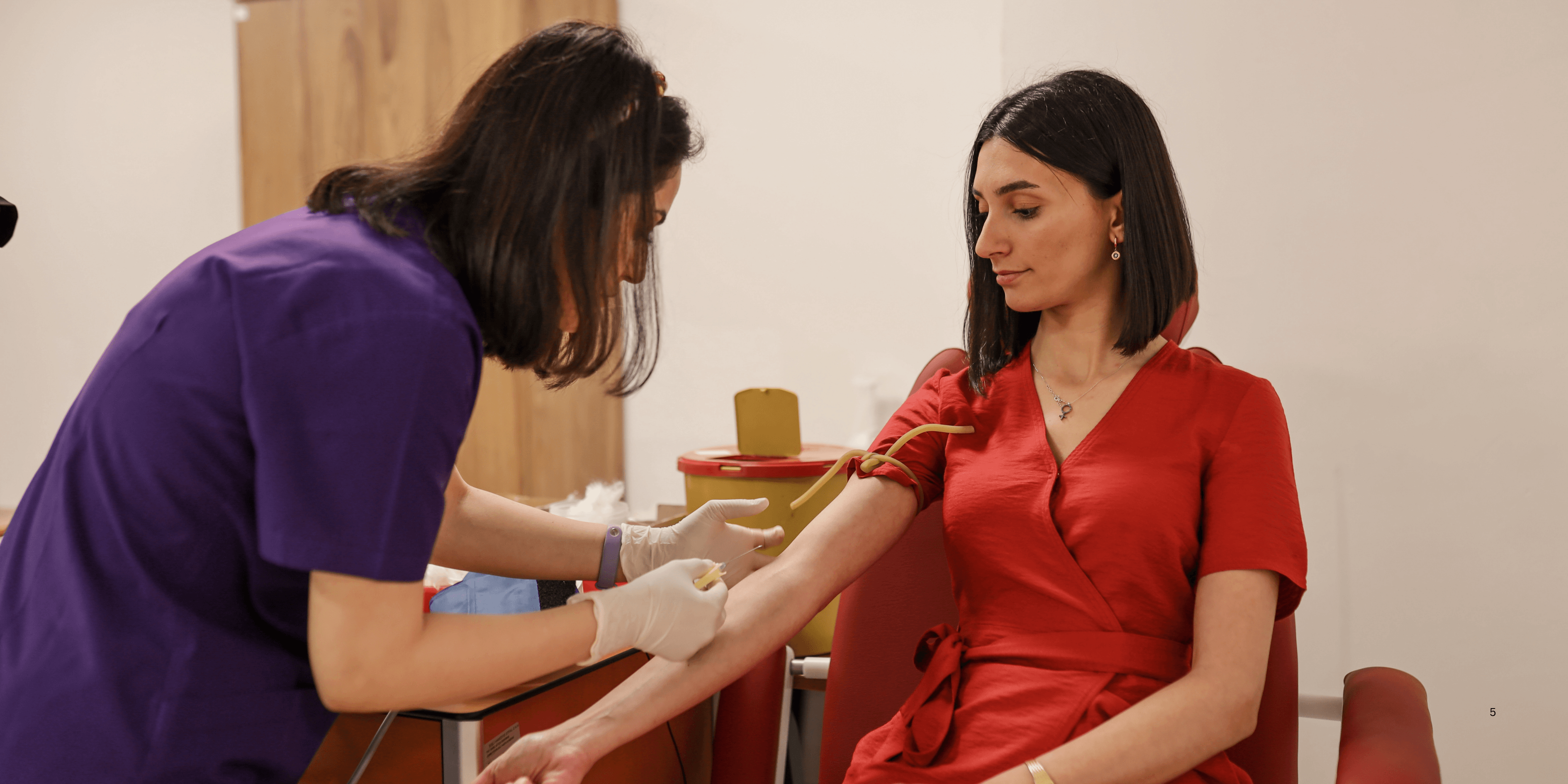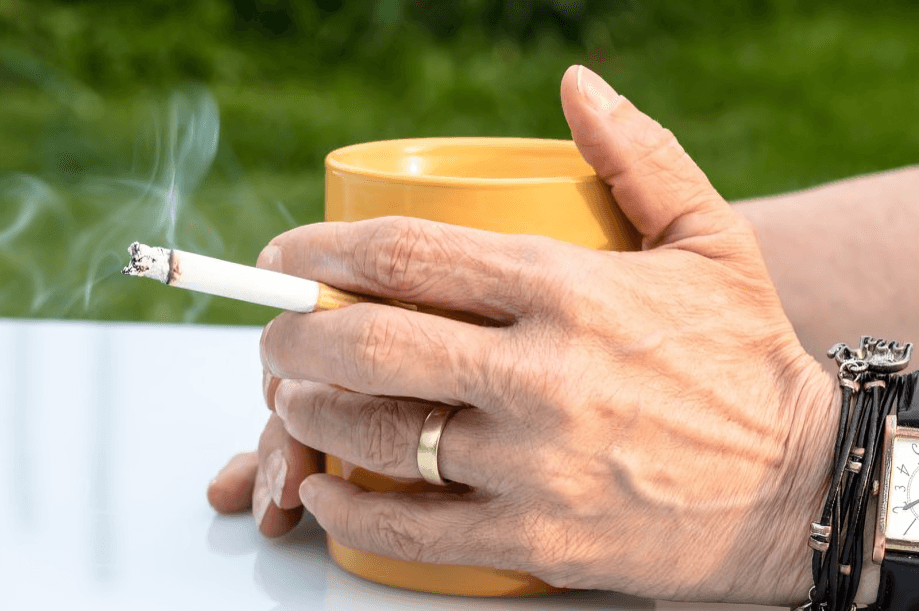
“
Understanding preventive measures for blood clots is vital for maintaining healthy blood circulation and avoiding life-threatening complications like deep vein thrombosis or pulmonary embolism. From staying active and eating wisely to consulting doctors about medications and risk factors, numerous steps can be taken to support blood vessel health. 1
1
”
Staying hydrated daily prevents blood from thickening, especially during travel or illness, keeping circulation smoother and reducing the likelihood of clot formation in veins or arteries, particularly in high-risk individuals. 1
Compression socks work by applying gentle pressure to the legs, enhancing venous return to the heart, making them essential for long flights or patients recovering from surgery or prolonged bed rest. 2

People who smoke increase their clotting risk dramatically due to nicotine-induced damage to blood vessels. Quitting smoking restores vascular health and reduces your chances of forming life-threatening clots.
Maintaining a healthy weight decreases the load on veins, especially in the lower body, and helps balance hormones and inflammation levels that might otherwise trigger clotting reactions or stagnant blood flow. 3
Regular leg movement during long trips or desk work keeps blood from pooling in the lower limbs, reducing pressure in veins and supporting natural circulation to prevent clots from forming unnoticed. 4
Blood-thinning medications, when prescribed by a physician, are powerful tools for those at high risk—such as individuals with atrial fibrillation or a prior clotting history—to keep blood from coagulating excessively. 5
Omega-3 fatty acids found in flaxseeds, walnuts, and fatty fish improve blood fluidity and reduce inflammation, making them valuable dietary allies in supporting anti-clotting mechanisms. 6
Avoiding tight clothing that restricts circulation in the waist or legs can help prevent pressure buildup in veins, especially when sitting for hours, reducing the potential for clots in deep veins. 7
Staying consistent with physical activity like walking, cycling, or stretching promotes natural muscle contractions that keep blood moving efficiently, discouraging stagnation that leads to dangerous clot formation. 8
Eating a balanced diet rich in fruits, vegetables, and whole grains provides antioxidants and fiber that reduce inflammation and enhance vascular function—both key in minimizing clotting risk. 9

Regular health check-ups allow for early detection of clotting disorders or abnormalities in blood chemistry, enabling timely interventions before a potentially fatal clot develops unnoticed.
Prolonged immobility, especially after surgery or during illness, requires proactive movement plans or mechanical devices to stimulate circulation and keep clot risks to a minimum. 10
Elevating your legs slightly while resting promotes venous drainage, relieves pressure in the lower limbs, and minimizes the risk of clot formation, especially for those with varicose veins or edema. 11
Some individuals inherit clotting disorders like Factor V Leiden or protein C deficiency—genetic testing can inform proactive strategies and possibly life-saving treatments in families with such history. 12
Reducing alcohol consumption supports liver function, which in turn keeps clotting factors regulated. Overconsumption can increase clot risk by disrupting this critical balance in the blood's chemistry. 13

Cold temperatures can cause blood vessels to constrict, slowing circulation—dressing warmly and staying active during winter months helps keep blood flowing and lowers clotting chances.
Yoga and breathing exercises stimulate blood flow and reduce stress, which indirectly supports cardiovascular health and keeps the blood from becoming too viscous, especially during periods of inactivity. 14
Post-surgery patients should begin guided mobility as soon as safely possible. Early ambulation is one of the most effective strategies to prevent deep vein thrombosis and pulmonary embolism. 15
Airplane travel increases clotting risk due to cabin pressure and restricted movement. Standing, stretching, and rotating ankles every hour during long flights drastically lowers the possibility of clots forming. 16
A thoughtful philosopher once reflected that prevention is a form of wisdom—choosing daily habits that support blood flow, from nutrition to motion, reflects care for life before crisis arises. 17


